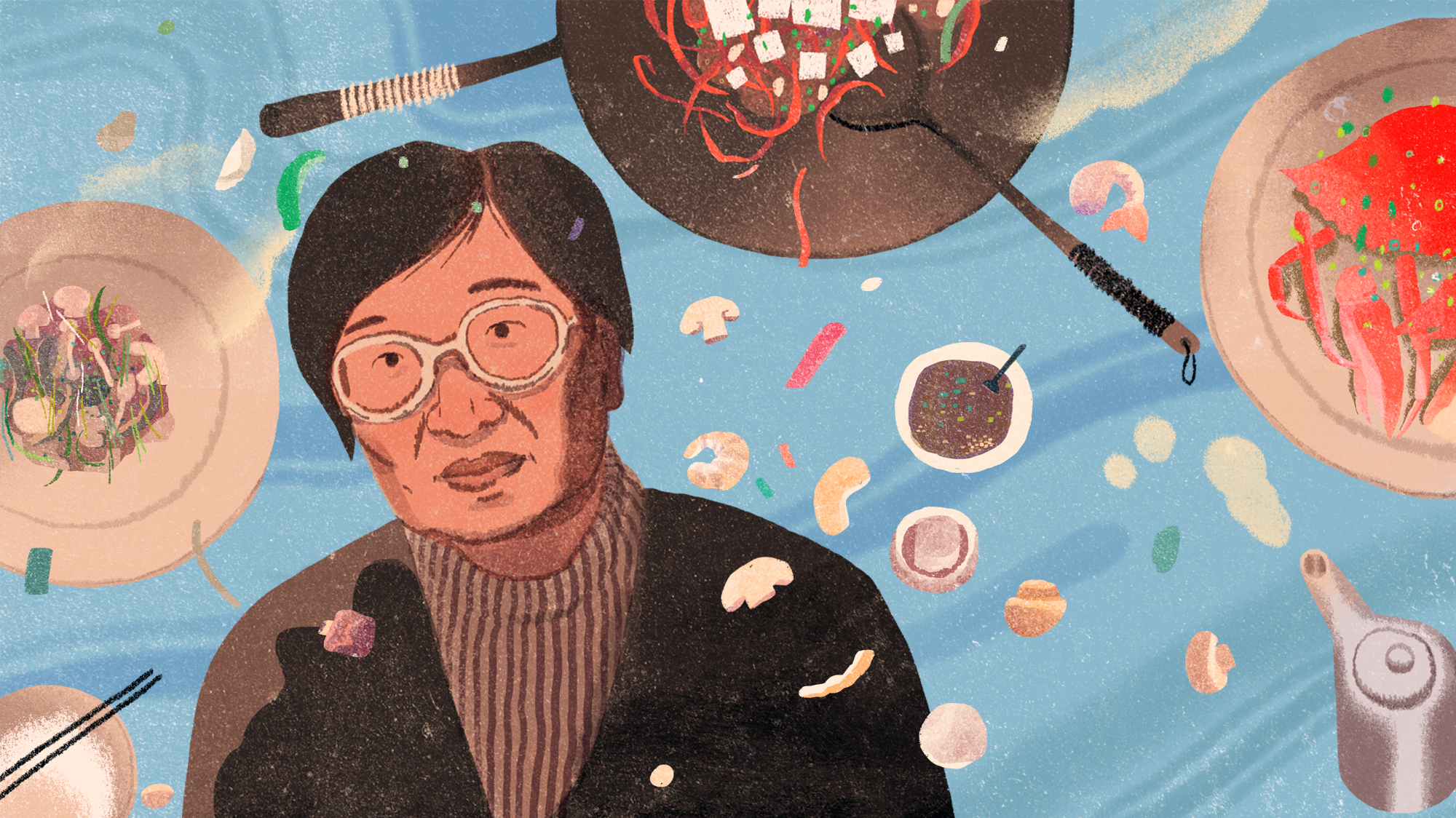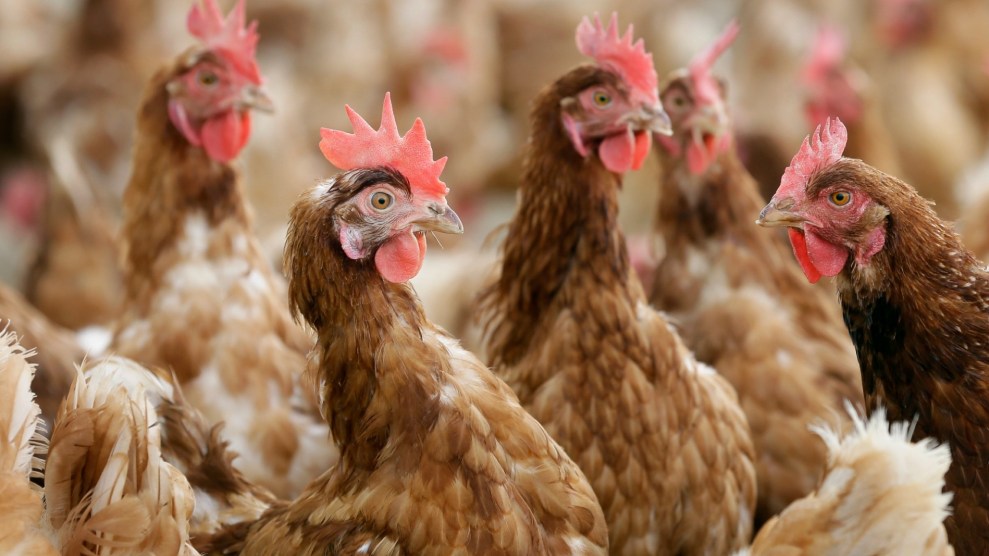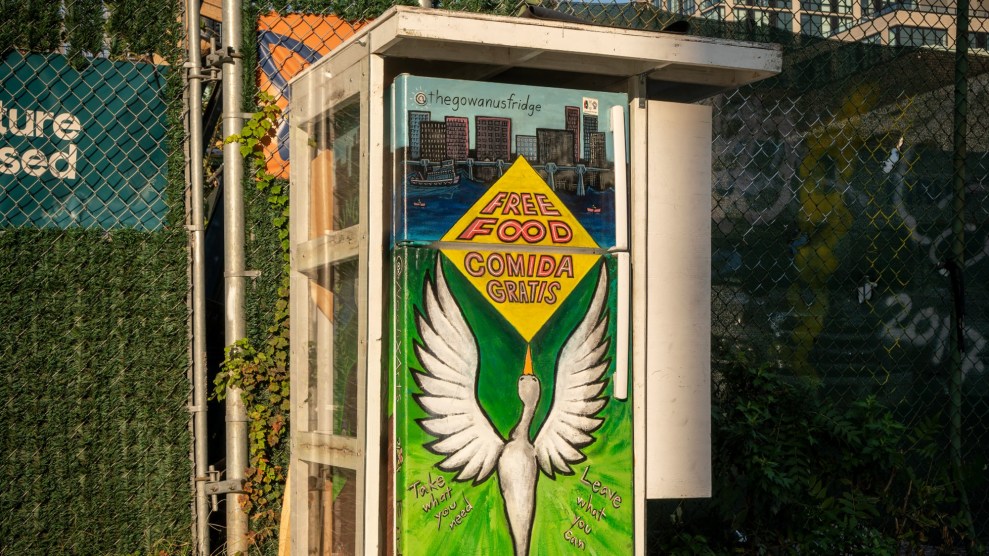It was May 1945 when what would become one of America’s most ubiquitous home-cooking techniques first entered the English lexicon. In her cookbook, How to Cook and Eat in Chinese, 55-year-old Chinese immigrant Chao Yang Buwei described a process common in her homeland, wherein cooks would cut meat and vegetables into small bites and tumble them rapidly together over heat. The Mandarin term for the technique, ch’ao, “with its aspiration, low-rising tone and all, cannot be accurately translated into English,” Chao lamented. For short, she decided, “We shall call it ‘stir-fry.’”
The term soon burrowed its way into the American vernacular and has since taken on a life of its own. Nowadays, stir-frying isn’t just a method—“stir-fry” has become its own category of recipes. Yet most home cooks have never heard of Chao, despite her lasting impression on the way Americans talk about food.
Chao came to cooking unexpectedly. A doctor by profession, she gave up her medical career to move to the United States in 1921 after her husband, the famed linguist Chao Yuenren, was offered a job at Harvard. Bored at home and speaking little English, she turned to cooking dishes that reminded her of China: fleecy rice boiled as soft as it was in Zhangzhou; soups with mushrooms and pork flavored with soy sauce.
She eventually relented when a friend pleaded with her to write a cookbook. Chao’s eldest daughter helped her translate recipes from Chinese to English, before her husband, finding the prose inert, put his own gloss on the language, often adding phrasing that even Chao recognized as clumsy. This stylistic clash resulted in a cookbook that Chao was “ashamed to have written,” as she declared in an author’s note.
The cookbook succeeded despite its linguistic kinks and strained family dynamic, going into multiple printings by the end of 1945, though critics largely overlooked the anger in Chao’s words. English-language Chinese cookbooks had been published as far back as 1911 in the United States, but Chao’s was the first that refused to Westernize Chinese cooking. “I’ll show you how to cook crab dishes with real crabs,” Chao told readers in a passage where she forbade them from using sea crabs in place of the freshwater variety. Using the former, she reasoned, would result in “a caricature of the Chinese dish.” During Chao’s era, it might have been easier for immigrants in the culinary arena to please the American palate with substitutions. But she didn’t budge.
The cookbook’s publicity campaign championed it as a document of hope. It emerged just two years after the United States repealed parts of the 1882 Chinese Exclusion Act, an ugly law that had put a cap on Chinese immigration. To those promoting her cookbook, Chao may have seemed like an ideal cultural ambassador. In historian Madeline Y. Hsu’s 2015 book, The Good Immigrants: How the Yellow Peril Became the Model Minority, she posits that Chao and her husband looked like “model American citizens.”
In truth, though, Chao’s career teems with tension. She opened America’s eyes to Chinese techniques, even as she refused to pander to do so; she gave American English speakers a new word for a culinary method, even though she was uneasy communicating in English. “The reason why I am so thoroughly Chinese is because I speak nothing but the Chinese language,” she wrote in her 1947 memoir, Autobiography of a Chinese Woman. “I have tried to speak Japanese and English and German, but whatever language I speak comes out Chinese in spirit.” Chao understood that assimilation wasn’t the only path forward for immigrant cooks in America long before such a notion was popular. She may have given America a well-worn phrase, but she knew that some aspects of immigrant experiences defy translation.
In many respects, Chao was ahead of her time. She wore her Chinese heritage with pride and shunned the impulse to compromise it. Chao’s contribution to American food culture should have been enough to etch her into headlines, but the New York Times did not even dignify her with an obituary upon her death, in 1981, and her name fell through pop culture’s cracks shortly thereafter. How many other culinary pioneers like Chao, immigrants who didn’t silence their differences to gain broad approval, await rediscovery?
This essay was adapted from Taste Makers: Seven Immigrant Women Who Revolutionized Food in America.














